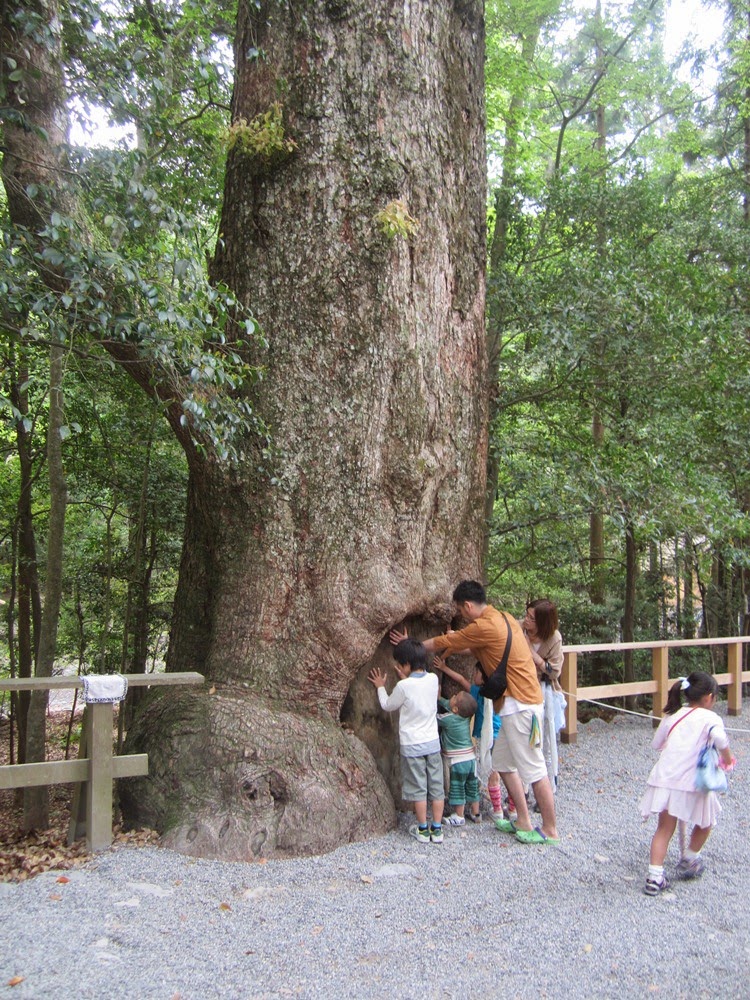Visiting Ise Shrine once had and still has a special meaning for Japanese people. It was believed one of must-do events in your life in the Edo era (just like the hajj for Muslim people). It is still a must-visit place for sightseeing lovers now.
I
visited the shrine for the first time in my life today.
Ise
Shrine is the complex of total 125 shrines in the area around Ise city. Ise
Shrine stands at the top of the country’s about 80 thousands shrines. It is
also a shrine of the Emperor family.
The
shrine was first built before the 7th century.
Ise
Shrine has two main shrines – inner shrine (naiku)
and outer shrine (geku). The inner
shrine enshrines Amateras-omikami, the goddess of the sun. The outer shrine
enshrines Toyouke-no-omikami, the goddess of agriculture and industry. Many
smaller shrines are built in the woods and mountains.
I first
visited the Outer Shrine area following to traditional
order. People walked through the wood and arrived the main shrine (the top picture).
I moved to the Inner Shrine area passing a bridge over the Isuzu River which flows outside the place.
I moved to the Inner Shrine area passing a bridge over the Isuzu River which flows outside the place.
There
were many visitors in the shrine. They purified themselves with water before
entering into the shrine area. In the Inner Shrine, some visitors walked down
to the Isuzu River, which flows outside the area, and cleaned themselves with
the river’s water (3rd picture from the top).
Visiting the main Inner Shrine (2nd picture from the top) was the highlight of the tour.
Visiting the main Inner Shrine (2nd picture from the top) was the highlight of the tour.
 I felt a special feeling –- mixture of sacredness, importance of history, greatness of the nature etc. –- inside the place.
I felt a special feeling –- mixture of sacredness, importance of history, greatness of the nature etc. –- inside the place.Old and huge trees were everywhere.
Shrine buildings are rebuilt every 20 years. It is not only a matter of construction, but is a religiously important event. The move means that they change the place to enshrine the god from the old building to the new building.
The latest shift was made last year at both the Inner Shrine and the Outer Shrine. It is now followed by other smaller shrines.
It becomes an open space after the old shrine building is removed. The space will be used again to build a new shrine 20 years later.
The shrine
buildings are constructed in the way which the ancestors did more than 1000 years
ago. They do not use even a single nail. Japanese cypress is used for the
building itself and Japanese silver grass is used for the roof.
Plain
woods appealed their freshness in the new-built shrines while mossy roofs
appealed the history of 20 years in the old buildings. Old buildings will be
dismantled and the wood will be used by other smaller shrines throughout the
nation.
There
developed commercial streets outside the Inner Shrine. Visitors enjoyed the
local foods, sweets and souvenirs. Swallows flied over the street.











No comments:
Post a Comment